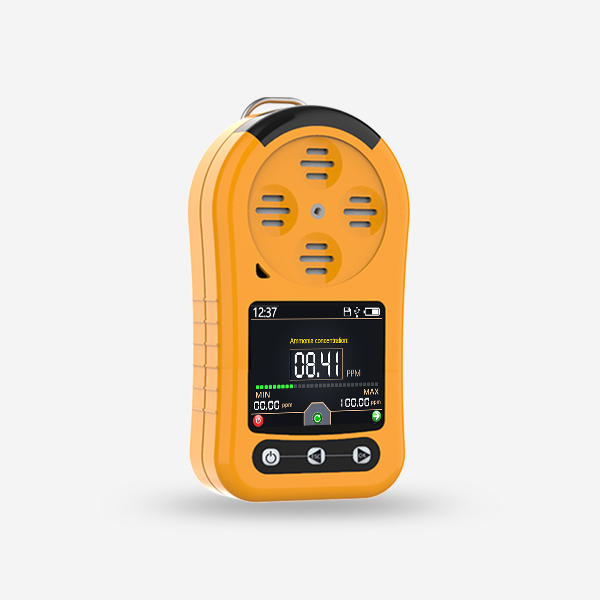Understanding VOC Sensor
VOC sensor are specialized devices designed to measure and detect the presence of volatile organic compounds in the air. These sensors work by detecting specific VOCs through chemical reactions or physical processes. They convert the detected VOCs into electrical signals, allowing for accurate measurements and monitoring.

There are various types of VOC sensors available, each utilizing different mechanisms for detection:
Photoionization Detectors (PID): PID voc sensor use ultraviolet (UV) light to ionize the VOC molecules in the air, generating an electrical current. The magnitude of the current is proportional to the concentration of VOCs present, which allows for the measurement and detection of VOC levels.
Gas Chromatography (GC) Sensors: GC sensors separate and analyze the different components of a gas sample. These sensors are more complex and are often used in specialized laboratories or research settings to identify and measure specific VOC compounds.
Importance of VOC Sensors
PID sensor-PID Photoionization Detectors-VOC sensor

VOC sensor play a crucial role in maintaining indoor air quality (IAQ) and preserving the health and well-being of occupants. Here are some key reasons why VOC sensors are essential:
Health Protection: Prolonged exposure to high levels of VOCs can lead to various health issues, including respiratory problems, allergies, headaches, dizziness, and even long-term effects on the nervous system. VOC sensors provide real-time monitoring of indoor air quality, enabling early detection of high VOC concentrations. This information allows individuals to take necessary measures, such as opening windows, improving ventilation, or using air purifiers, to reduce exposure and protect their health.
Sick Building Syndrome (SBS) Prevention: VOCs are often associated with Sick Building Syndrome, a condition where individuals experience discomfort and health issues related to their indoor environment. By continuously monitoring VOC levels, sensors can identify areas or buildings with high VOC concentrations, allowing for prompt actions to rectify the sources and improve IAQ, thus preventing SBS.
Environmental Impact: VOCs contribute to outdoor air pollution and can react with other pollutants, forming harmful substances like ground-level ozone. Monitoring VOC levels indoors helps reduce the release of these compounds into the environment, minimizing environmental impact and promoting sustainability.
Product Emissions Control: VOC sensors are instrumental in quality control during the manufacturing process. They enable manufacturers to measure and regulate VOC emissions from products, ensuring compliance with regulatory standards and guidelines. This helps in the production of safer and more environmentally friendly products.
How to Use and Maintain VOC Sensors
Placement: We use volatile organic compound sensors in areas of concern.Proper placement ensures representative measurements of VOC levels.
Calibration: VOC sensor require periodic calibration to maintain accuracy.We should calibrate according to the manufacturer’s recommendations or guidelines. This process involves exposing the sensor to a known concentration of a specific VOC calibration gas to ensure the sensor is detecting and measuring VOCs correctly.
Regular Maintenance: Routine maintenance includes cleaning the sensor, checking for physical damage or blockages, and inspecting the electrical connections. Proper maintenance helps ensure optimal sensor performance and longevity.
Data Analysis and Interpretation: Monitoring VOC levels is not enough; the collected data must be analyzed and interpreted correctly. Regularly reviewing the data can help identify trends, potential sources, or patterns of VOC emissions, enabling proactive measures to improve IAQ.
Conclusion
VOC sensor are essential tools in monitoring and maintaining indoor air quality. By detecting and measuring the presence of volatile organic compounds, these sensors contribute to the protection of human health, prevention of sick building syndrome, reduction of environmental impact, and regulation of product emissions. Proper usage and maintenance of VOC sensors ensure accurate measurements and reliable performance, enabling individuals and organizations to take appropriate actions to improve indoor air quality and create healthier living and working environments for all.